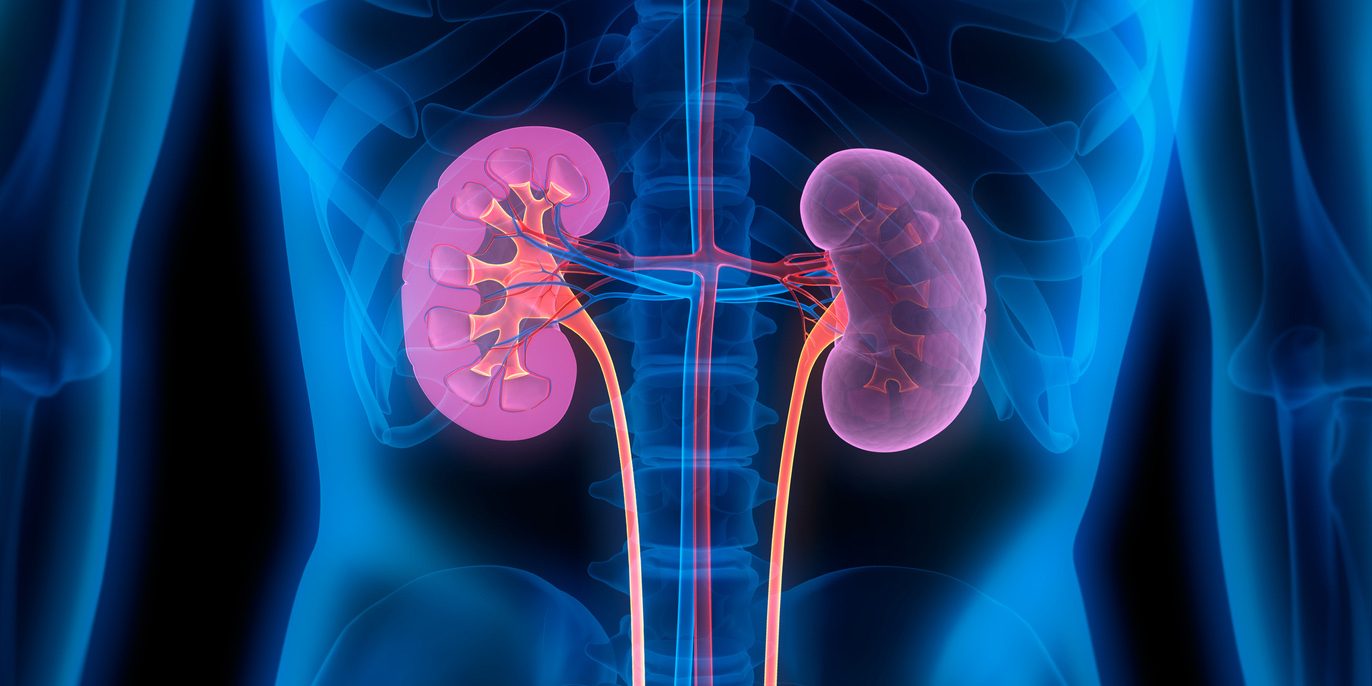
Combining popular diabetes drugs offers complementary heart and kidney benefits
New research shows combined use of sodium glucose co-transporter 2 inhibitors (SGLT2is) and glucagon-like peptide-1 receptor agonists (GLP1-RAs) is likely to offer additional protection against heart and kidney disease in patients with diabetes.1 Findings were published today in The Lancet Diabetes & Endocrinology and presented in May at the 61st European Renal Association Congress in Stockholm, Sweden.
SGLT2is, also called gliflozins, are a class of drug that lower blood glucose by increasing its excretion in the urine, while GLP-1RAs, such as Ozempic, work by enhancing insulin release and sensitivity. Both classes of medicine have each been shown to improve cardiovascular outcomes. Although small, relatively short-term trials have suggested that using these medicines together improves blood glucose control, their combined effects on heart disease and kidney failure are less clear.
Researchers involved in the SGLT2 Inhibitor Meta-analysis Cardio-Renal Trialists’ Consortium (SMART-C) pooled data across 12 large-scale, placebo-controlled trials of SGLT2is involving 73,238 patients with diabetes, 3,065 of whom were already receiving GLP1-RAs. The meta-analysis showed that the benefits of SGLT2is were observed independent of GLP1-RA use.
SGLT2is reduced the risk of major adverse cardiovascular events (myocardial infarction, stroke, or cardiovascular death) by 11% and hospitalisation for heart failure or cardiovascular death by 23% versus placebo, even when added to GLP1-RAs. SGLT2is also reduced the risk of chronic kidney disease progression by 33% when added to GLP1-RAs and slowed the annual loss of kidney function by almost 60% when added to GLP-1RAs. No new safety concerns were identified when SGLT2is and GLP-1RAs were used in combination.
Clinical Associate Professor Brendon Neuen, Senior Research Fellow at The George Institute for Global Health, Director of Kidney Trials at Sydney’s Royal North Shore Hospital, and lead author on the paper said, “Given the rapidly expanding indications for the use of GLP-1 receptor agonists, it was important to look at their effects with SGLT2 inhibitors. This study represents the largest and most comprehensive assessment of clinical outcomes for this combination of medicines.”
A/Prof Neuen added that both classes of medicines work independently of each other: “SGLT2 inhibitors have clear protective effects against heart failure and chronic kidney disease, while GLP-1 receptor agonists can reduce the risk of heart attack, stroke, and also kidney disease - as recently demonstrated in the landmark FLOW trial.2 Our findings support using this combination to further improve outcomes in patients with type 2 diabetes who meet guideline recommendations for both therapies.”
Diabetes is a known risk factor for cardiovascular and kidney disease, with impaired glucose control causing damage to blood vessels in the heart and kidneys. Many patients with diabetes live with cardiovascular disease or chronic kidney disease, with prevalence increasing in the years following a diabetes diagnosis.3
SMART-C is co-chaired by A/Prof Brendon Neuen and Prof Hiddo Heerspink of The George Institute for Global Health.
References
- Apperloo E, Neuen BL et al. Efficacy and safety of sodium glucose co-transporter 2 inhibitors with and without glucagon-like peptide-1 receptor agonists: A SMART-C collaborative meta-analysis of randomised controlled trials. The Lancet. 2024. DOI
- Perkovic V, et al. Effects of Semaglutide on Chronic Kidney Disease in Patients with Type 2 Diabetes. NEJM. 2024. https://doi.org/10.1056/NEJMoa2403347
- Pearson-Stuttard J, et al. Variations in comorbidity burden in people with type 2 diabetes over disease duration: A population-based analysis of real world evidence. EClinicalMedicine. 2022. https://doi.org/10.1016/j.eclinm.2022.101584



